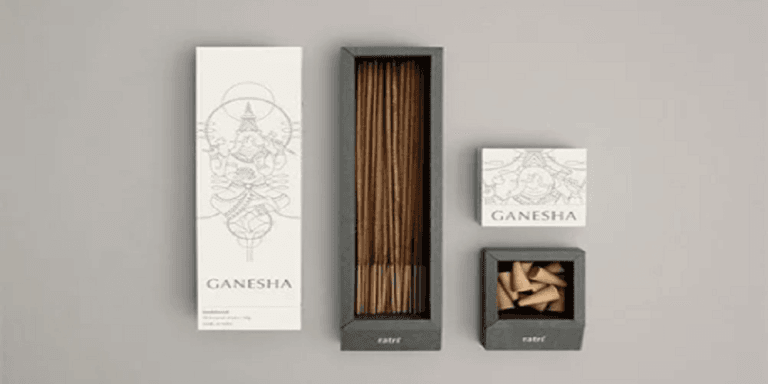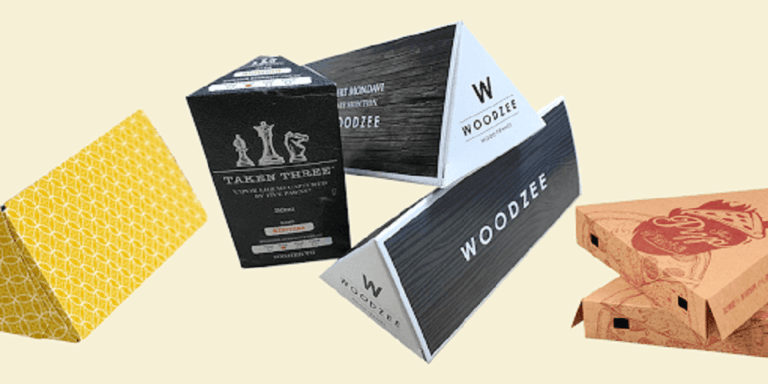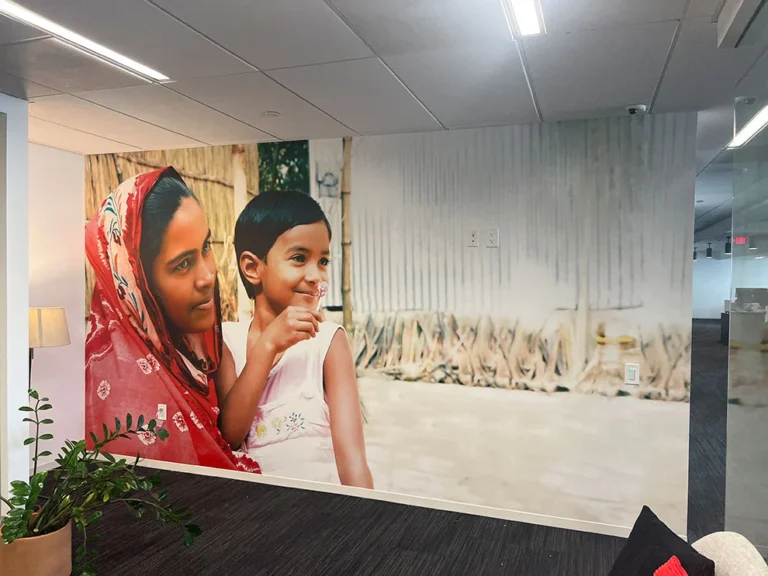Brochure Printing Secrets: What to Do and Avoid
Whether you want to promote your service, products, or your brand as a whole, you should not underestimate the advantages of printed marketing materials. With the right brochure, you can highlight the benefits of using your product or services or display your products in the best possible way.
But regardless of the benefits brochure printing brings to business, you need to make sure you are designing them right. As a brand, you want to make the most of the campaign of printing brochures. So, in this blog, we are going to list the dos and don’ts of designing the brochure.
Do’s of Brochure Design
All businesses have their own requirements when it comes to brochure design. But here is an overview of a few important factors you should consider.
1. Make the Design Attractive
Often, businesses fail to understand the importance of design in terms of information. However, design of your brochure printing online should captivate and engage your audience. So, the brochure design has to be appealing without compromising your brand’s integrity.
2. Know the Purpose of the Brochure
It’s crucial to specify the goal of your brochure before you begin designing. Think about the goals you want to obtain with your brochure. Be clear about your goals. It is the goal that determines the message, layout, and look of the brochure.
3. Use Quality Images
The appearance of your brochure is important. If you use low-quality images for your tri fold brochure printing, it can make you look unprofessional. Your readers are less likely to trust you in such cases to become patrons. Moreover, high-quality graphics, images, and illustrations can make the customized brochure more attractive and effective.
4. Use a Clear Call-to-Action
Ensure your brochure design includes a clear and compelling call to action. It will enable your recipients to understand what to do. Use precise content and clear fonts for your call-to-action and place it in the middle to grab more attention. Your call to action must be direct and easy to understand.
5. Add a QR Code
Including a CTA in your brochure can be largely beneficial. With QR codes, you can make it easier for your readers to respond to the brochure. Use it to direct your recipients to a specific website or webpage where they can learn more about what you have to offer, sign up for an email list, or connect to a sales representative.
Don’ts of Brochure Design
other than the processes that should be followed to design and print brochures, a few things should be avoided if you are aiming for perfection. Check them out here.
1. Add Too Much Information
Sharing a lot of information is the sole purpose of a brochure. If you don’t add enough information, your potential customers will not get the message you are trying to promote. But it is essential to ensure you are not overwhelming people by adding too many details.
The type of brochure determines the amount of information it should include. However, in a majority of the cases, it should have a headline, brand elements, call to action, and contact information with visuals. In case you are not sure about how to manage the various elements of brochure design, you can reach out to a professional to create a perfect layout.
2. Forget to Proofread
Spelling and grammar mistakes can give your company an unprofessional image. In case you don’t have time to read the brochure and it contains errors, your target customers will not be able to trust you or what you have to offer.
As typos and grammatical errors can be difficult to locate, it is best to ask a fresh set of eyes to proofread your content.
3. Use Too Many Fonts
In order to stand out among their competitors, often brands try to win over their target audience by using too many fonts. However, overloading it with multiple fonts can make the text appear uninviting. Companies should make sure the fonts they use are easy to read.
4. Avoid Images
Pictures are an excellent way to give a visual appeal to your brochure. Your target audience is less likely to take interest in your brochure if they only find large chunks of text. Premier-quality photos, infographics, and graphics are design elements that should be added to your brochure.
Rather than filling up your brochure with just emotional text, try to make more about your target customers. Tell them how you can improve their lives or solve the problems through the brochure.







